Researchers from A*STAR Institute of Microelectronics (IME) Bioelectronics programme are developing a cost-effective and a more rapid way to help physicians assess the effectiveness of treatments to cancer patients.
Nov 3rd, 2010
Read more
A*STAR's National Metrology Centre and the Health Sciences Authority have jointly set up a national metrology in chemistry infrastructure to ensure that chemical and biological measurements performed in Singapore are accurate, traceable and internationally accepted for chemicals, food, pharmaceutical, medical and healthcare products and services sectors.
Nov 3rd, 2010
Read more
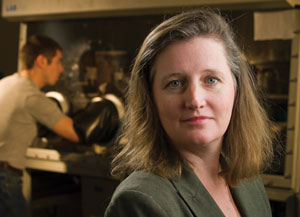 Sue Carter, a professor of physics at the University of California, Santa Cruz, is pursuing a variety of strategies to develop cheaper and more efficient solar cells. She was awarded five new grants this year totaling more than $1 million to fund her research on new materials and technologies for solar energy.
Sue Carter, a professor of physics at the University of California, Santa Cruz, is pursuing a variety of strategies to develop cheaper and more efficient solar cells. She was awarded five new grants this year totaling more than $1 million to fund her research on new materials and technologies for solar energy.
Nov 2nd, 2010
Read more
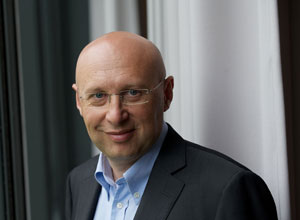 Researcher at the Max Planck Institute for Biophysical Chemistry in Goettingen and the German Cancer Research Center in Heidelberg honored for his work in the field of light microscopy.
Researcher at the Max Planck Institute for Biophysical Chemistry in Goettingen and the German Cancer Research Center in Heidelberg honored for his work in the field of light microscopy.
Nov 2nd, 2010
Read more
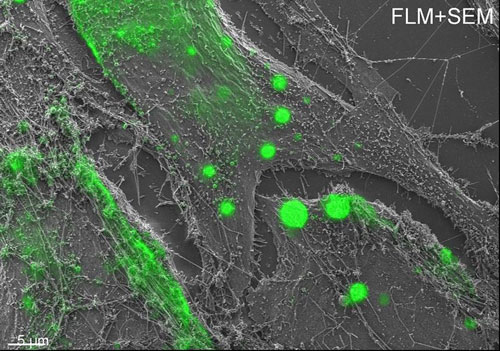 Das diesjaehrige Mikroskopieforum stellt unter dem Titel 'Dynamik, Messbereich und Aufloesung', die unterschiedlichen Aufloesungsbereiche moderner Mikroskope, deren erweiterte Funktionsweisen und Anwendungen vor.
Das diesjaehrige Mikroskopieforum stellt unter dem Titel 'Dynamik, Messbereich und Aufloesung', die unterschiedlichen Aufloesungsbereiche moderner Mikroskope, deren erweiterte Funktionsweisen und Anwendungen vor.
Nov 2nd, 2010
Read more
NJIT Associate Professor Victor Matveev, PhD, in the department of mathematical sciences, was part of a research team that published 'N-type Ca2+ channels carry the largest current: Implications for nanodomains and transmitter release'.
Nov 2nd, 2010
Read more
The goal of ARROWS is to develop a microengineered platform for the analysis of 'real-world' samples from the food, drink and healthcare industries.
Nov 2nd, 2010
Read more
A three-year support of nanotechnology as an Israeli national project has resulted in: 52 leading scientists have immigrated to Israel, 77 million dollars have been invested in equipment, 41 million dollars have been invested in infrastructure, 106 success stories have been documented and 389 Academy-Industry Projects have been achieved.
Nov 2nd, 2010
Read more
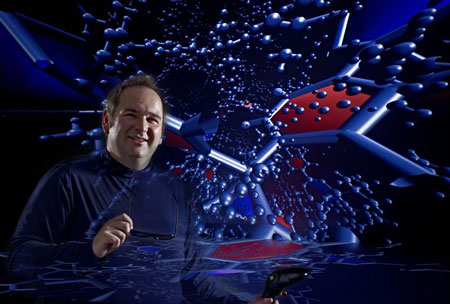 Ab Januar 2011 erhaelt Thomas Heine, Professor of Theoretical Physics an der Jacobs University, ein 'Starting Independent Researcher Grant' in Hoehe von 1,5 Mio. Euro, mit dem der Europaeische Forschungsrat (ERC) herausragende Nachwuchswissenschaftler ueber einen Zeitraum von fuenf Jahren bei der Realisierung einer Forschungsidee mit hohem Innovationspotential unterstuetzt.
Ab Januar 2011 erhaelt Thomas Heine, Professor of Theoretical Physics an der Jacobs University, ein 'Starting Independent Researcher Grant' in Hoehe von 1,5 Mio. Euro, mit dem der Europaeische Forschungsrat (ERC) herausragende Nachwuchswissenschaftler ueber einen Zeitraum von fuenf Jahren bei der Realisierung einer Forschungsidee mit hohem Innovationspotential unterstuetzt.
Nov 2nd, 2010
Read more
Post-doctor Yen-Hsun Su of Research Center for Applied Science (RCAS), Academia Sinica, Taiwan, a former student of Department of Physics at National Cheng Kung University (NCKU) supervised by Prof. Wei-Min Zhang of Department of Physics and Assistant Prof. Shih-Hui Chang of Institute of Electro-Optical Science and Engineering, has discovered that gold nanoparticles can induce luminescence in leaves.
Nov 2nd, 2010
Read more
Starting November 1, public comment is invited for thirty days on the draft Strategic Plan for the National Nanotechnology Initiative (NNI), which is posted at the NNI Strategy Portal. The comments period ends on November 30, 2010.
Nov 2nd, 2010
Read more
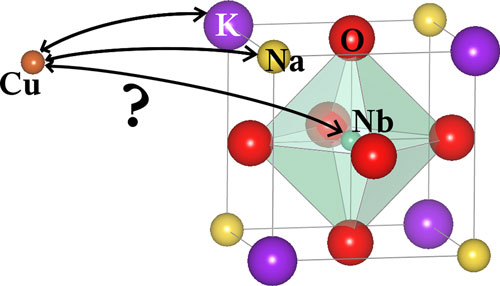 The change-over to lead-free products is in full progress. The problem is however that the environmentally friendly alternatives have to be as effi cient as the lead-containing variants. One example is the injection system of diesel engines. Lead-free functional materials can be found faster by means of computer simulation methods.
The change-over to lead-free products is in full progress. The problem is however that the environmentally friendly alternatives have to be as effi cient as the lead-containing variants. One example is the injection system of diesel engines. Lead-free functional materials can be found faster by means of computer simulation methods.
Nov 2nd, 2010
Read more
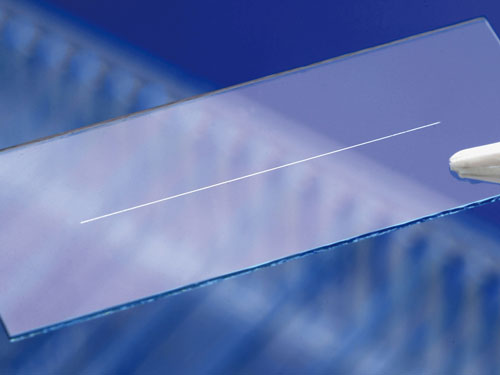 Organic light-emitting diodes are seen as the basis for a new generation of lamps: Large-area lamps that can be randomly shaped and fl exibly integrated into interior design. But the 'illuminated glass' is still very expensive. Researchers want to optimize the lamps of the future and reduce the price by a new manufacturing process.
Organic light-emitting diodes are seen as the basis for a new generation of lamps: Large-area lamps that can be randomly shaped and fl exibly integrated into interior design. But the 'illuminated glass' is still very expensive. Researchers want to optimize the lamps of the future and reduce the price by a new manufacturing process.
Nov 2nd, 2010
Read more
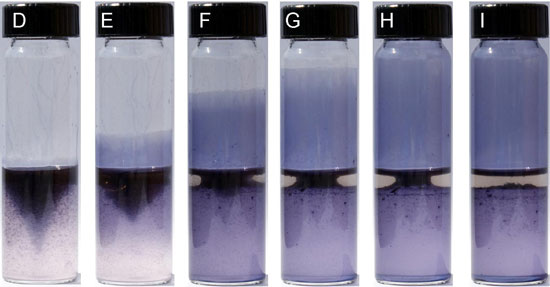 Conductive plastic coatings could lead to new solar cells, windows, sensors.
Conductive plastic coatings could lead to new solar cells, windows, sensors.
Nov 2nd, 2010
Read more
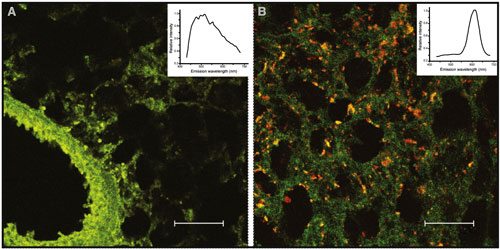 Researchers at the University at Buffalo have developed a novel technology using quantum dots that is expected to have major implications for research and treatment of tuberculosis, as well as other inflammatory lung diseases.
Researchers at the University at Buffalo have developed a novel technology using quantum dots that is expected to have major implications for research and treatment of tuberculosis, as well as other inflammatory lung diseases.
Nov 1st, 2010
Read more
New method allows faster, more efficient screening for improved diagnostics.
Nov 1st, 2010
Read more









 Subscribe to our Nanotechnology News feed
Subscribe to our Nanotechnology News feed